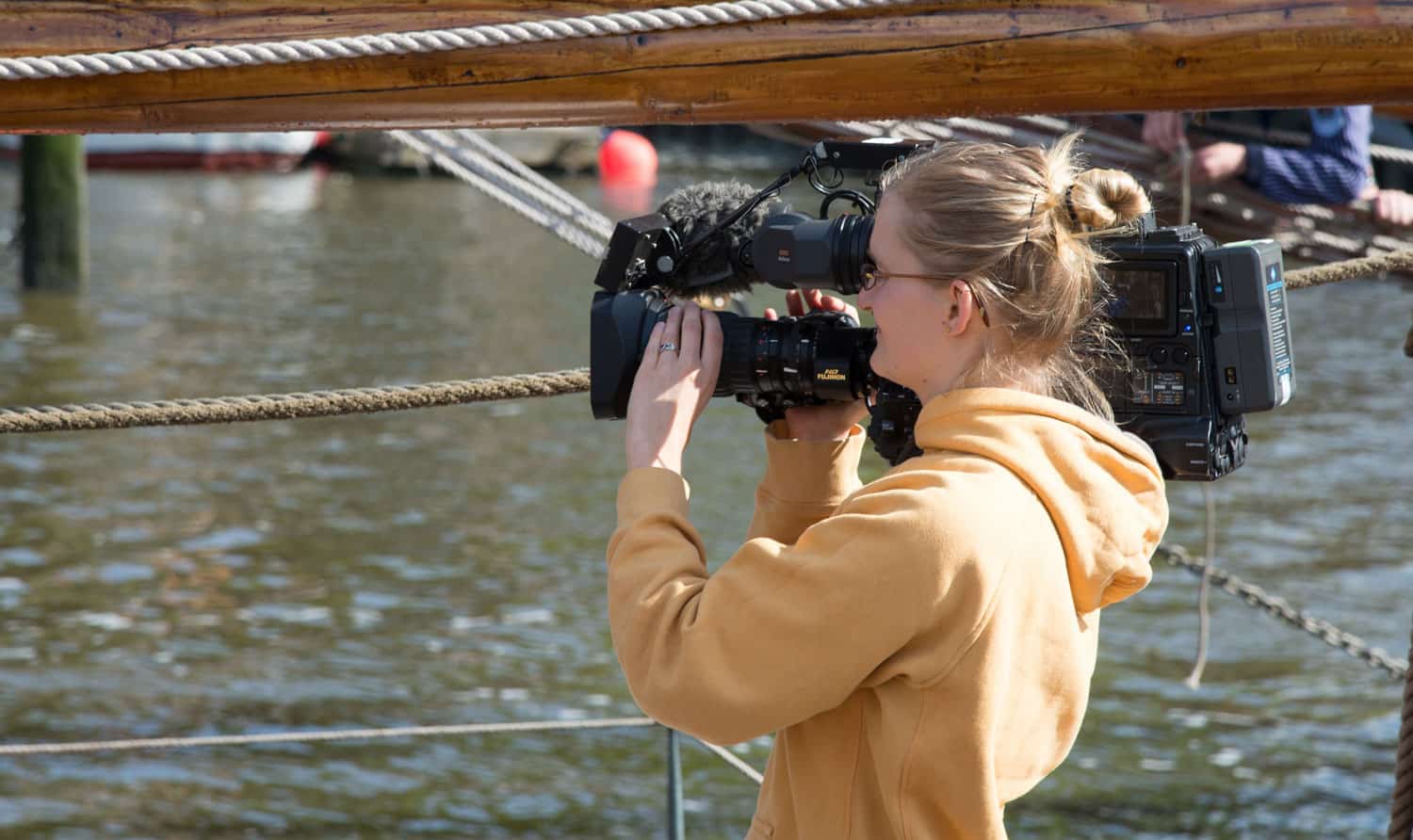Over the past decade, cameras have empowered filmmakers with higher resolutions, better optics, and smaller camera bodies, making them easier to carry and use in the field. But, with all the options available, what cameras should you choose? Although larger cameras can shoot better images, smaller cameras are ideal in the field since they don’t draw attention to themselves.
The good news is, people want to obsess about the camera, I don’t know necessarily it’s about the camera. It’s about the eye behind the camera, the brain behind the camera, so pretty much you can shoot documentaries, good documentaries on any camera as long as the camera is rolling and is in the right place. It’s just getting easier now because [the cameras] are getting smaller, and we don’t have to shoot film and we can edit it at home, and all that stuff. That’s the really good news.
– Dana Kupper, Cinematography, “The New Americans,” “The Trials of Muhammad Ali,” “On Beauty,” and “In the Game”
There are several factors to consider when picking a camera:
- What is the resolution and acquisition format? – Always consider how the film will be exhibited and what format distributors will require. Many cameras today easily meet distribution requirements when shot in 1080p HD, however some distributors prefer certain CODECs over others. For example, some broadcast stations will not accept HDV for the overly compressed signal.
- Can it be easily packed and traveled with? – If you’re traveling on the road or by air, smaller cameras can be carried in carry-on luggage much easier than larger ENG-style cameras.
- Will the size of the camera matter in the environment in which you’re shooting? – Are you shooting in a dangerous setting – a riot, politically unstable country or a theft-prone area? The smaller the camera, the easier it will be to fade into the background.
- Will you need to purchase and carry multiple cameras for interviews or to split off separate teams? GoPros, and even off-the-shelf cameras can be used to capture broadcast-quality footage, enabling you to use multiple cameras on a small budget.
- On what type of media does the camera shoot? – The choice between tape and solid state matters depending on your shooting environment. Cameras that record to solid state media such as P2 cards, SD, and CF cards do not have any moving parts like their older tape-based cameras. Solid state cameras can function better in extreme conditions with more reliable functionality.


